Background
VAK learning styles are used to help us better understand how we learn. VAK stands for Visual, Auditory and Kinesthetic. By understanding how we best absorb information, we can find learning and develop interventions that best suit our needs.
For some of us, it may be one of the VAK learning styles that best suits us. For others, it may be 2 or even all 3 of the styles. However; it is true that if we really thought about this, we tend to favour one of the learning styles over the others.
Understanding VAK learning styles not only allows us to learn better ourselves, but it can also help us to develop learning and development interventions for others that meet all 3 of the needs.
The VAK Learning Styles
There are 3 learning styles that make up the VAK learning styles system:
- Visual – we learn best by seeing or observing. This might be through observing someone carrying out a task, images and graphics or watching a video
- Auditory – we learn best by listening. This might be through listening to someone, listening to audiobooks or listening to the words in a lecture or training course
- Kinesthetic – we learn best by doing. This might be by getting hands-on with something, touch and feel and experiential learning

The Visual Learning Style
The first of the VAK learning styles is the visual learning style. Those of us that learn best using this style prefer to learn by watching. Some examples of learning and development activities that best suit the visual learning style are:
- Observation of others carrying out a task
- Watching videos or video-based learning
- eLearning training courses
- Reading books or articles
- Attending training courses or lectures
- Looking at images, graphics or models
The Auditory Learning Style
The second of the VAK learning styles is the auditory learning style. Those of us that learn best using this style prefer to learn by listening. Some examples of learning and development activities that best suit the auditory learning style are:
- Getting involved in conversations or discussions
- Asking questions and listening to answers
- Listening to audiobooks
- Listening to lectures or training courses
- Listening to sounds and noises

The Kinesthetic Learning Style
The third of the VAK learning styles is the kinesthetic learning style. Those of us that learn best using this style prefer to learn by doing. Some examples of learning and development activities that best suit the kinesthetic learning style are:
- Hands-on learning
- Trying new tasks
- Experiential learning
- Having handouts to hold and flick through
- Activities and tasks
Identifying Your Own Learning Style
There are a number of different ways that you can work out which of the VAK learning styles best suits you. In fact, you probably already know just by reading the above descriptions.
You could take a test or complete a questionnaire to find out which style you prefer or, think about the answers to the following questions:
If I buy a new TV I:
- Read the instruction manual before I do anything (Visual)
- Listen or ask someone with expertise or knowledge for help (Auditory)
- Plug it in and figure it out as I go (Kinaesthetic)
If I go on holiday I:
- Look at brochures and travel guides (Visual)
- Ask someone who has visited the location what I should do/where I should go (Auditory)
- Wait till I get there and just start exploring (Kinaesthetic)
Further Learning
Now that you understand your learning style, you can start thinking about your own personal development. Take a look at the training courses we offer on our courses overview page. You will find courses that suit all 3 of the VAK learning styles described above.




